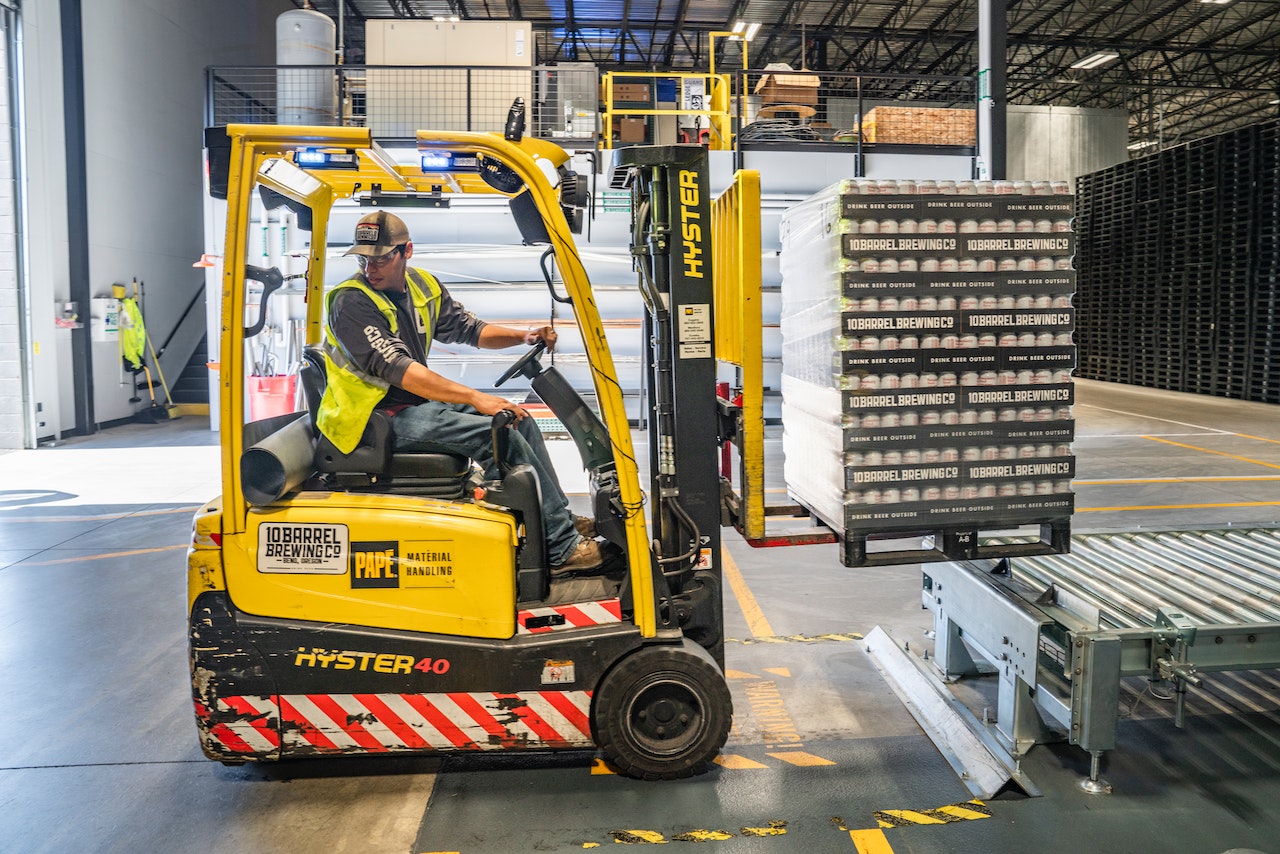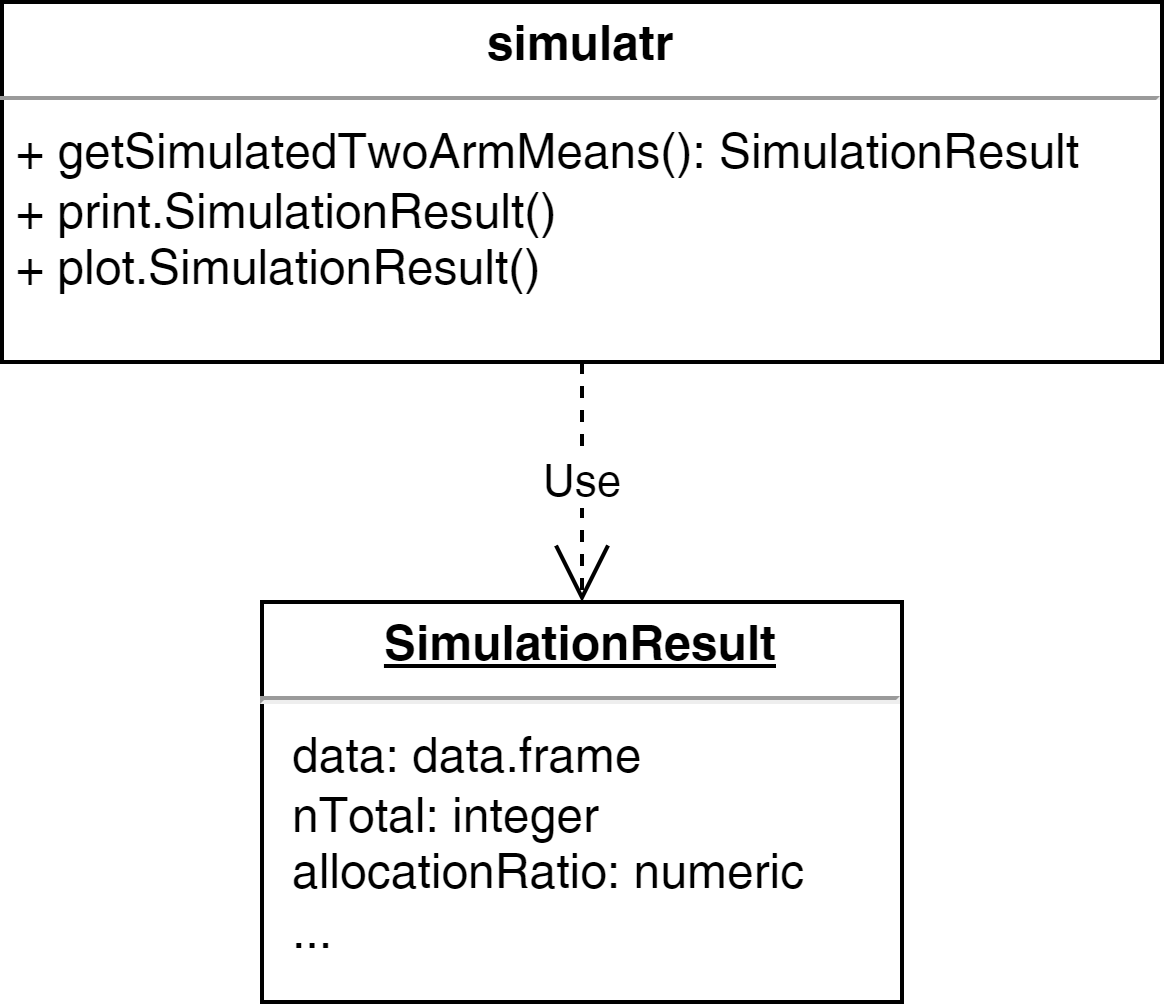Cost distribution among software process activities
3 An R Package Engineering Workflow
Good Software Engineering Practice for R Packages
July 20, 2023
Motivation
From an idea to a production-grade R package
Example scenario: in your daily work, you notice that you need certain one-off scripts again and again.
The idea of creating an R package was born because you understood that “copy and paste” R scripts is inefficient and on top of that, you want to share your helpful R functions with colleagues and the world…
Professional Workflow

Photo CC0 by ELEVATE on pexels.com
Typical work steps
- Idea
- Concept creation
- Validation planning
- Specification:
- User Requirements Spec (URS),
- Functional Spec (FS), and
- Software Design Spec (SDS)
- R package programming
- Documented verification
- Completion of formal validation
- R package release
- Use in production
- Maintenance
Workflow in Practice

Photo CC0 by Chevanon Photography on pexels.com
Frequently Used Workflow in Practice
- Idea
- R package programming
- Use in production
- Bug fixing
- Use in production
- Bug fixing + Documentation
- Use in production
- Bug fixing + Further development
- Use in production
- Bug fixing + …
Bad practice!
Why?
Why practice good engineering?

Why practice good engineering?
Origin of errors in system development

Boehm, B. (1981). Software Engineering Economics. Prentice Hall.
Why practice good engineering?
- Don’t waste time on maintenance
- Be faster with release on CRAN
- Don’t waste time with inefficient and buggy further development
- Fulfill regulatory requirements1
- Save refactoring time when the PoC becomes the release version
- You don’t have to be shy any longer about inviting other developers to contribute to the package on GitHub
Why practice good engineering?
Invest time in
- requirements analysis,
- software design, and
- architecture…
… but in many cases the workflow must be workable for a single developer or a small team.
Workable Workflow

Photo CC0 by Kateryna Babaieva on pexels.com
Suggestion for a Workable Workflow
- Idea
- Design docs
- R package programming
- Quality check (see Ensuring Quality by Matt)
- Publication (see Publication by Daniel)
- Use in production
Example - Step 1: Idea
Let’s assume that you used some lines of code to create simulated data in multiple projects:
Idea: put the code into a package
Example - Step 2: Design docs
- Describe the purpose and scope of the package
- Analyse and describe the requirements in clear and simple terms (“prose”)
| Obligation level | Key word1 | Description |
|---|---|---|
| Duty | shall | “must have” |
| Desire | should | “nice to have” |
| Intention | will | “optional” |
Example - Step 2: Design docs
Purpose and Scope
The R package simulatr shall enable the creation of reproducible fake data.
Package Requirements
simulatr shall provide a function to generate normal distributed random data for two independent groups. The function shall allow flexible definition of sample size per group, mean per group, standard deviation per group. The reproducibility of the simulated data shall be ensured via an optional seed It should be possible to print the function result. A graphical presentation of the simulated data will also be possible.
Example - Step 2: Design docs
Useful formats / tools for design docs:
- R Markdown1 (*.Rmd)
- Quarto1 (*.qmd)
- Overleaf2
- draw.io3
UML Diagram

Example - Step 3: Packaging
R package programming
- Create basic package project (see R Packages by Liming)
- C&P existing R scripts (one-off scripts, prototype functions) and refactor1 it if necessary
- Create R generic functions
- Document all functions
Example - Step 3: Packaging
One-off script as starting point:
Example - Step 3: Packaging
Refactored script:
Almost all functions, arguments, and objects should be self-explanatory due to their names.
Example - Step 3: Packaging
Define that the result is a list1 which is defined as class2:
getSimulatedTwoArmMeans <- function(n1, n2, mean1, mean2, sd1, sd2) {
result <- list(n1 = n1, n2 = n2,
mean1 = mean1, mean2 = mean2, sd1 = sd1, sd2 = sd2)
result$data <- data.frame(
group = c(rep(1, n1), rep(2, n2)),
values = c(
rnorm(n = n1, mean = mean1, sd = sd1),
rnorm(n = n2, mean = mean2, sd = sd2)
)
)
# set the class attribute
result <- structure(result, class = "SimulationResult")
return(result)
}Example - Step 3: Packaging
The output is impractical, e.g., we need to scroll down:
$n1
[1] 50
$n2
[1] 50
$mean1
[1] 5
$mean2
[1] 7
$sd1
[1] 3
$sd2
[1] 4
$data
group values
1 1 7.0281182
2 1 4.7167934
3 1 2.6593427
4 1 3.3326923
5 1 7.1089343
6 1 3.9374091
7 1 -2.6558819
8 1 7.4137655
9 1 12.8378118
10 1 3.6062436
11 1 4.9619009
12 1 4.2551670
13 1 1.5080146
14 1 3.1735796
15 1 6.1488509
16 1 3.4872802
17 1 6.7043747
18 1 2.7923323
19 1 4.1961741
20 1 8.3717551
21 1 2.5582443
22 1 6.7043561
23 1 5.4989139
24 1 0.9570065
25 1 0.7223103
26 1 7.2238237
27 1 9.9270725
28 1 3.0195263
29 1 3.0369482
30 1 6.2840526
31 1 7.2418561
32 1 10.5536089
33 1 3.3502600
34 1 3.2060282
35 1 3.2798853
36 1 4.9179777
37 1 6.7411980
38 1 1.5128982
39 1 8.8264813
40 1 8.8089520
41 1 3.5516595
42 1 3.2816173
43 1 4.3935428
44 1 2.2323695
45 1 6.3237185
46 1 6.5585424
47 1 11.2479162
48 1 4.4931835
49 1 -2.2389764
50 1 4.5573045
51 2 7.8273819
52 2 17.9614373
53 2 0.7638064
54 2 9.0019230
55 2 4.8588554
56 2 8.5782451
57 2 5.5699496
58 2 11.0832320
59 2 3.2395378
60 2 3.0717101
61 2 4.8687135
62 2 10.5013276
63 2 10.7507994
64 2 0.7116354
65 2 -0.3240161
66 2 6.5673132
67 2 9.3468357
68 2 1.7374684
69 2 2.9907986
70 2 9.4712455
71 2 13.6657864
72 2 9.7110561
73 2 4.7583670
74 2 2.9924309
75 2 -0.5531282
76 2 14.8055951
77 2 10.2466311
78 2 5.5927371
79 2 6.9752851
80 2 3.8954783
81 2 6.6941757
82 2 3.9243086
83 2 8.2709970
84 2 6.2967705
85 2 8.1296116
86 2 4.0202595
87 2 9.3050481
88 2 3.2827444
89 2 9.6713897
90 2 4.7520853
91 2 1.7033363
92 2 0.9541522
93 2 11.0308979
94 2 7.7506800
95 2 4.7493888
96 2 5.6110117
97 2 9.4462422
98 2 6.9096046
99 2 6.1759390
100 2 12.4056079
attr(,"class")
[1] "SimulationResult"Solution: implement generic function print
Example - Step 3: Packaging
Generic function print:
#' @title
#' Print Simulation Result
#'
#' @description
#' Generic function to print a `SimulationResult` object.
#'
#' @param x a \code{SimulationResult} object to print.
#' @param ... further arguments passed to or from other methods.
#'
#' @examples
#' x <- getSimulatedTwoArmMeans(n1 = 50, n2 = 50, mean1 = 5,
#' mean2 = 7, sd1 = 3, sd2 = 4, seed = 123)
#' print(x)
#'
#' @export$args
n1 n2 mean1 mean2 sd1 sd2
"50" "50" "5" "7" "3" "4"
$data
# A tibble: 100 × 2
group values
<dbl> <dbl>
1 1 7.03
2 1 4.72
3 1 2.66
4 1 3.33
5 1 7.11
6 1 3.94
7 1 -2.66
8 1 7.41
9 1 12.8
10 1 3.61
# ℹ 90 more rowsExercise

Photo CC0 by Pixabay on pexels.com
Preparation
- Download the unfinished R package simulatr
- Extract the package zip file
- Open the project with RStudio
- Complete the tasks below
Tasks
Add assertions to improve the usability and user experience
Tip on assertions
Use the package checkmate to validate input arguments.
Example:
Error in playWithAssertions(-1) : Assertion on ‘n1’ failed: Element 1 is not >= 1.
Add three additional results:
- n total,
- creation time, and
- allocation ratio
Tip on creation time
Sys.time(), format(Sys.time(), '%B %d, %Y'), Sys.Date()
Add an additional result: t.test result
Add an optional alternative argument and pass it through t.test:
Implement the generic functions print and plot.
Tip on print
Use the plot example function from above and extend it.
Optional extra tasks:
Implement the generic functions
summaryandcatImplement the function
kableknown from the package knitr as generic. Tip: useto define kable as generic
Optional extra task1:
Document your functions with Roxygen2
- If you are already familiar with Roxygen2
References
- Gillespie, C., & Lovelace, R. (2017). Efficient R Programming: A Practical Guide to Smarter Programming. O’Reilly UK Ltd. [Book | Online]
- Grolemund, G. (2014). Hands-On Programming with R: Write Your Own Functions and Simulations (1. Aufl.).
O’Reilly and Associates. [Book | Online] - Rupp, C., & SOPHISTen, die. (2009). Requirements-Engineering und -Management: Professionelle, iterative Anforderungsanalyse für die Praxis (5. Ed.). Carl Hanser Verlag GmbH & Co. KG. [Book]
- Wickham, H. (2015). R Packages: Organize, Test, Document, and Share Your Code (1. Aufl.). O’Reilly and Associates. [Book | Online]
- Wickham, H. (2019). Advanced R, Second Edition.
Taylor & Francis Ltd. [Book | Online]
License information
- Creators (initial authors): Friedrich Pahlke
- This work is licensed under the Creative Commons Attribution-ShareAlike 4.0 International License.
- The source files are hosted at github.com/openpharma/workshop-r-swe-sf, which is forked from the original version at github.com/openpharma/workshop-r-swe.
- Important: To use this work you must provide the name of the creators (initial authors), a link to the material, a link to the license, and indicate if changes were made